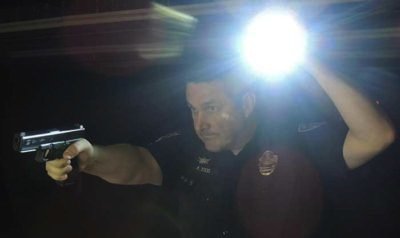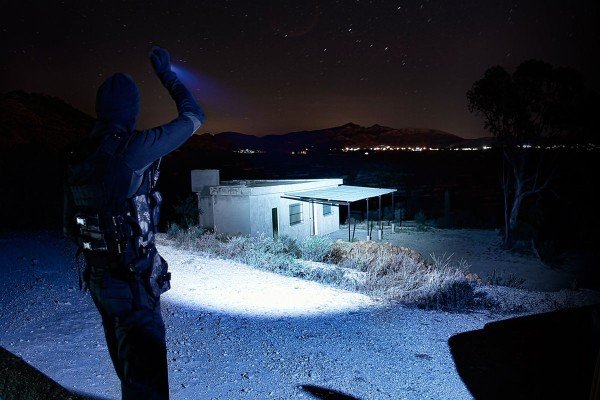
Research has shown that a significant portion of police involved shootings occur in “reduced light” conditions. Research has also shown us that a lot of the gunfights happen extremely fast, sometimes allowing the officer very little time to identify the threat, and formulate an appropriate response.
Dr. Paul Michel, a board-certified optometrist, is a former specialist reserve police officer in the officer-involved shooting investigations unit with the Los Angeles Police Department. Michel is currently a staff member on the Police Policy Studies Council.
In Visual Perception in Low-Light Levels: Implications for Shooting Incidents, Michel reports on an experiment on perception he conducted. Michel took police cadets that had been medically screened for eye problems and had passed a general physical. All of the cadets had corrected 20/20 vision, and none of the police cadets had any eye disease.
Each cadet was taken into a darkened room where they observed a subject for one second. The cadet was then asked to identify the item the person was holding. The subject was holding one of four items. Each cadet observed the person at four different light levels, from 0.04 foot-candles to 0.45 foot-candles. A cloudless, full-moon casts about 0.01 foot-candles of light, while the direct beam of a car’s headlights produce about 0.45 foot-candles at 30 to 40 feet.
The experiment was run such that each cadet would have to identify each of the four items at each of the four different light levels. The four items were a six inch piece of green garden hose, an eight inch piece of black pipe, a six inch screw driver, and a blue-steel Smith and Wesson model 59 9mm handgun.
The cadets had difficulty in identifying some of these common objects, especially at the lower light levels. For example, at 0.04 foot-candles, only four objects were correctly identified, while 44 objects were misidentified. Keep in mind that this light level is four times brighter than the full-moon. If you chased a suspect around the corner of a building in just moonlight, how confident are you that you can identify that object in the suspect’s hand?
Even at the brightest level, the cadets “…most frequently identified the hose as a gun.”

Michel acknowledges that this experiment was not conducted under stress conditions. In high-stress conditions, the officer rarely has a full second to just stand still and try to see what is in the suspect’s hand. Additionally, the fight-or-flight response kicks in, and visual perception can become distorted.
Michel states that an ambiguous image is created in low-light, high stress conditions, and this image is transmitted to the brain. Michel states that the brain then mixes this image with cognitive, memory, and emotional elements to form the officer’s perception.
This experiment tends to repeat what Tom Aveni found in his research. Aveni found that police officers involved in a shooting, misidentified the threat 18-33% of the time. 75% of these cases were in reduced light scenarios. Read my September post on Aveni’s research here.
I have not listed all of the results of Michel’s experiment, but it is very informative and well worth the read.
Stay safe!
Leave a Reply